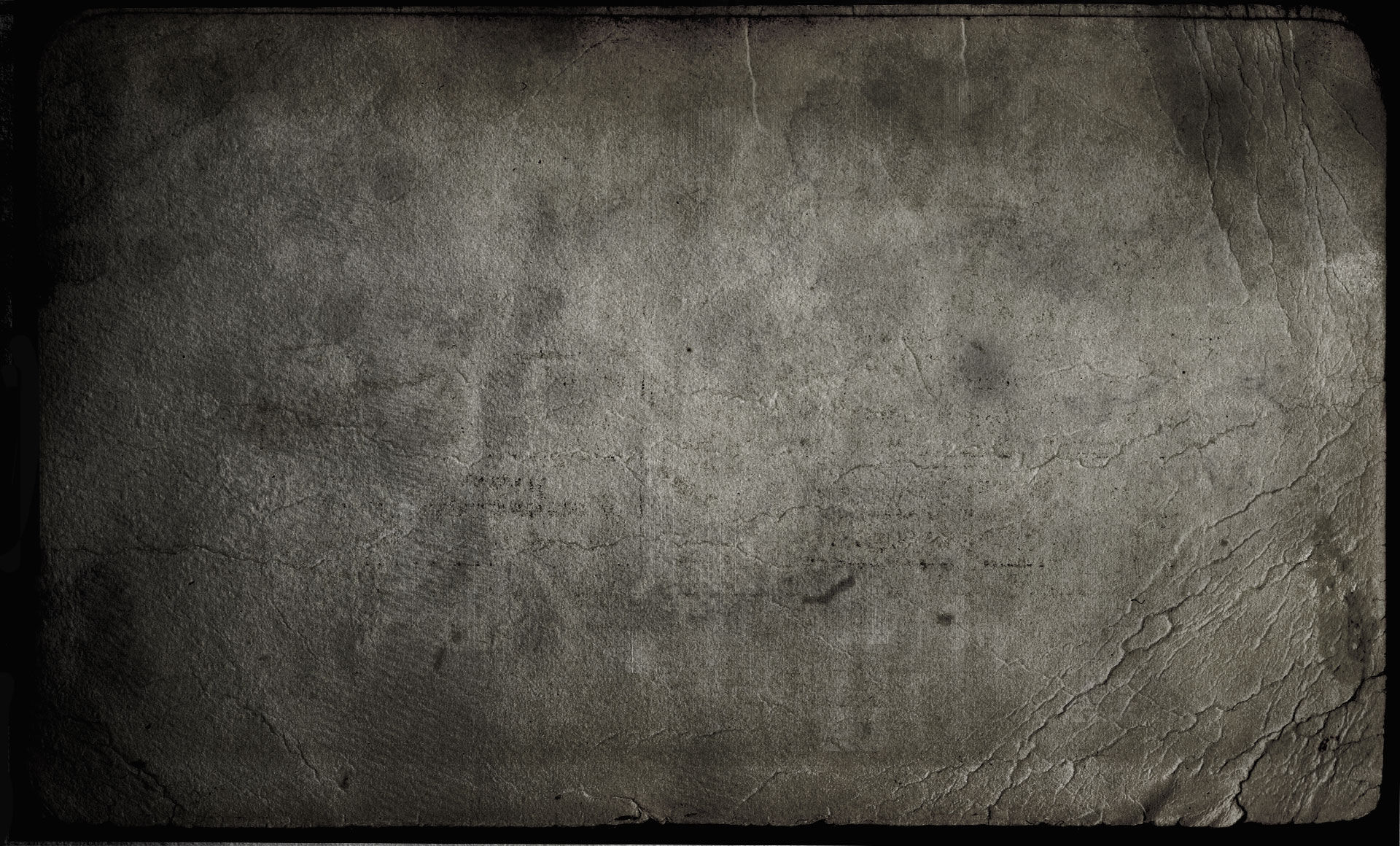
The Wachowskis

About Them
The Wachowskis began as comic book writers and artists (The Matrix Trilogy: Revisited, 2009).
Both Andy and Lana admit to being influenced by 2001: A Space Odyssey (1968) when they were children (The Matrix Trilogy: Revisited, 2009).
Their films often have themes about tolerance and acceptance of minorities, which is influenced by both Lana, who had a sex change has become vocal about LGBT rights, and her brother Andy, who is very supportive of his sister and her cause.
Approach
The Wachowskis use a lot of symbolism and philosophy in constructing their stories (The Matrix Experience: Roots of the Matrix, 2009).
CGI and technology is often used in their films, but not only is technology used as a practical and stylistic choice, but it also is very important in the story world, such as being plugged into the Matrix as an avatar, using surveillance and video technology by V to broadcast his message, and using holographic technology in Cloud Atlas to show the progression of mankind in the future.

The Wachowskis choose source material that connects to them and aim to be faithful to it while still making it their own (in Faraci, 2012).
The Wachowskis believe the writing process is more intimate than the directing process and are very collaborative, not wanting to take complete ownership over a film and discredit the rest of the cast and crew by being the solitary voice for the film (in Faraci, 2012).

Agenda
-
The Wachowskis want audiences to have to think and fill in the blanks with their films (in Poland, 2012). If successful, they are an exception to John O. Thompson's idea that a film adaptation is a weaker form and requires less work to process than a written text (Thompson, 1996).